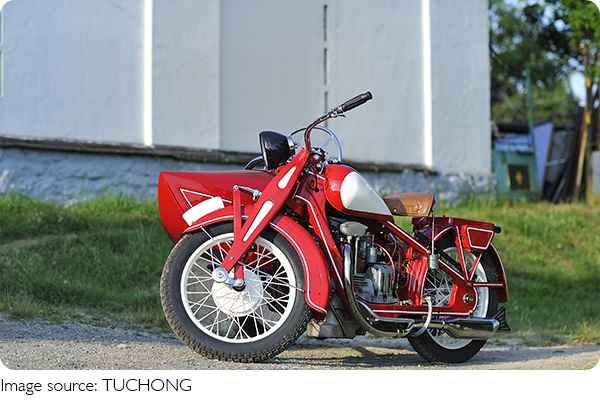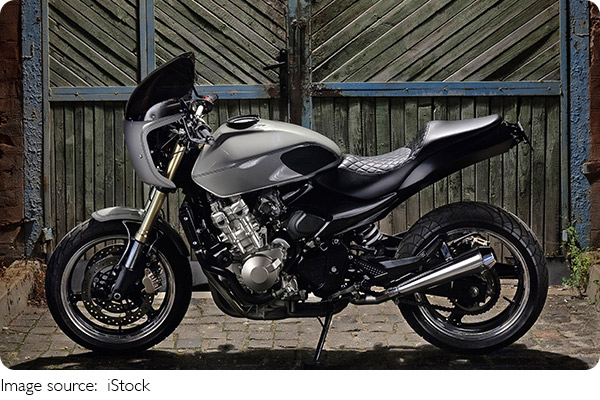Revving Future

In recent years, the emergence of the "motorcycle trend" among the younger demographic has propelled motorcycles into the mainstream, significantly expanding the motorcycle consumer market.
Weekends and vacations now witness a surge in motorcycle trips, contributing to a booming e-commerce platform that caters to the rising demand for outdoor equipment and supplies related to motorcycle adventures.
Furthermore, the popularity of motorcycle-related content, particularly videos, continues to soar, reflecting a growing fascination with this dynamic mode of transportation.
A gasoline engine-driven motorcycle steered through handlebar manipulation has become synonymous with versatility, speed, and convenience. Widely employed for travel, patrol, passenger, and cargo transport, motorcycles serve as both practical and recreational transportation, and they also have applications in various sports.
Comprising five essential parts - engine, transmission system, walking system, steering, braking system, and electrical instrumentation equipment - motorcycles have undergone notable transformations in recent times.
The evolution of motorcycles is evident thanks to advancements in new energy and technology, driving improvements in safety, intelligence, and overall rider experience. The industry is transforming toward electrification, intelligence, and branding.
Electric motorcycles, now integral to urban transportation, rapidly replace traditional fuel motorcycles in short-distance scenarios. Additionally, companies are exploring alternative technologies such as hydrogen fuel cell motorcycles, marking a significant stride towards a digitally-driven and environmentally conscious motorcycle industry.
Like the automotive sector, the motorcycle industry is witnessing a profound integration of new-generation information technology, resulting in a deepening intelligence process. Despite space constraints, intelligent devices seamlessly blend with motorcycles, helmets, and clothing, enhancing rider safety and experience.
Innovative features like intelligent collision avoidance systems, augmented reality (AR) technology in smart helmets, and self-balancing technology are revolutionizing motorcycle rides, making them safer, more convenient, and undoubtedly cooler.
Intelligent collision avoidance systems offer advanced warning and, if necessary, automatic braking capabilities.

Incorporated into smart helmets with HUD (head-up display) capabilities, AR technology provides virtual navigation imaging and other information, offering riders a proactive view of their route guidance.
Self-balancing technology, coupled with assisted driving features, mitigates the challenges of motorcycle control, ensuring a more convenient and secure riding experience.
Numerous companies are intensifying their efforts in motorcycle intelligent technology research and development. Some are currently developing and validating self-balancing motorcycles, utilizing high-precision sensors and advanced control algorithms.
These innovations enable electric motorcycles to maintain balance for extended periods, offering enhanced safety protection on slippery roads and during emergency braking.
As the motorcycle industry advances towards electrification and intellectualization, it is imperative to focus on core elements such as "battery, motor, and electronic control." Embracing innovative technologies is crucial to addressing electric motorcycles' performance, range, and safety concerns.
Concurrently, emphasis on intelligent hardware and software development is essential to elevate the overall level of intelligence within the motorcycle industry.
The commitment to continuous technological research and development will undoubtedly shape the future of motorcycles, ensuring they remain at the forefront of modern transportation.
Companies are now venturing into innovative territories, exploring self-balancing motorcycles, and pushing the boundaries of intelligent collision avoidance systems.
As the industry propels, the symbiotic relationship between technology and motorcycles is paving the way for a thrilling and futuristic riding experience.

 · Vehicle Team
· Vehicle Team